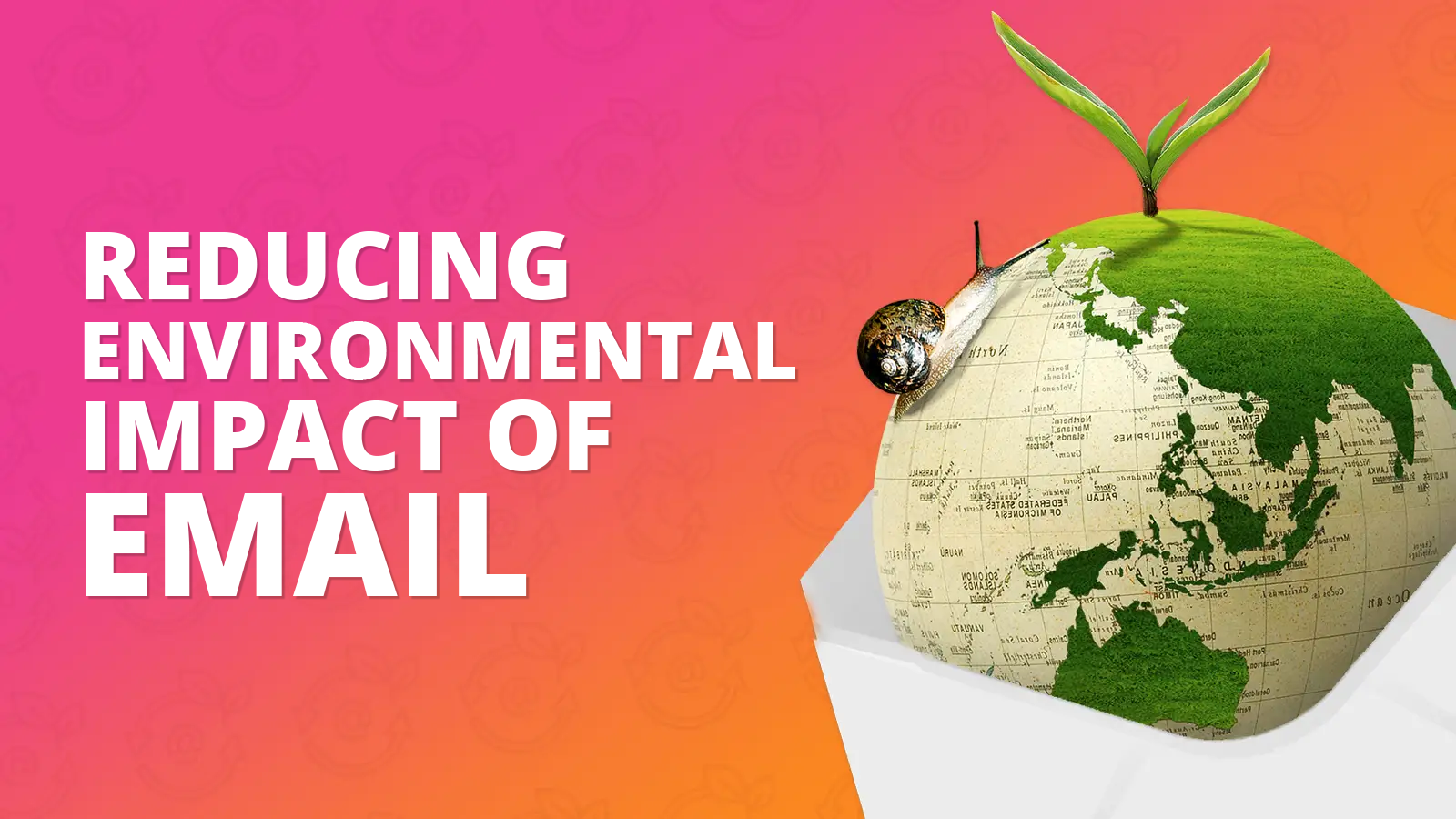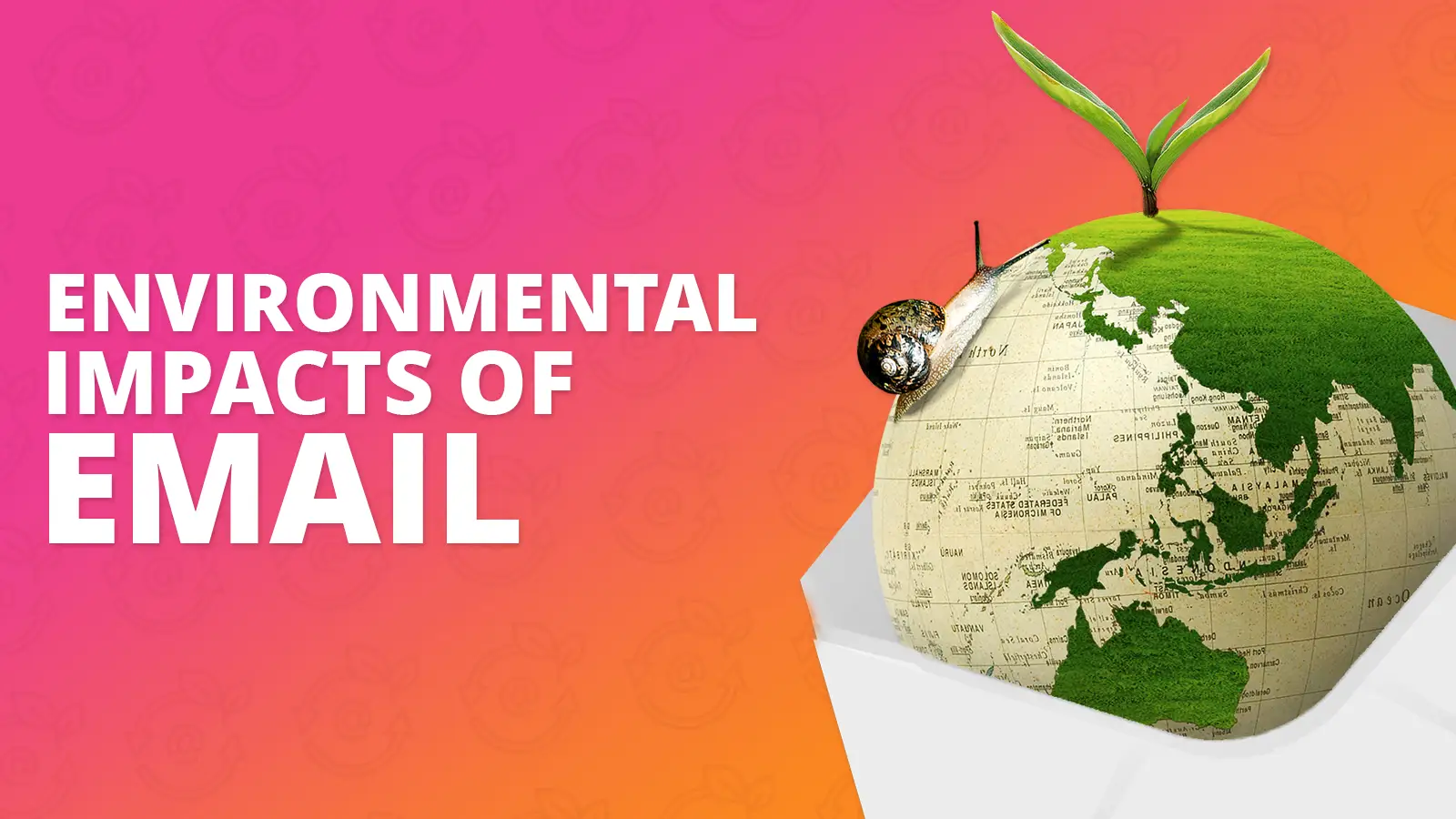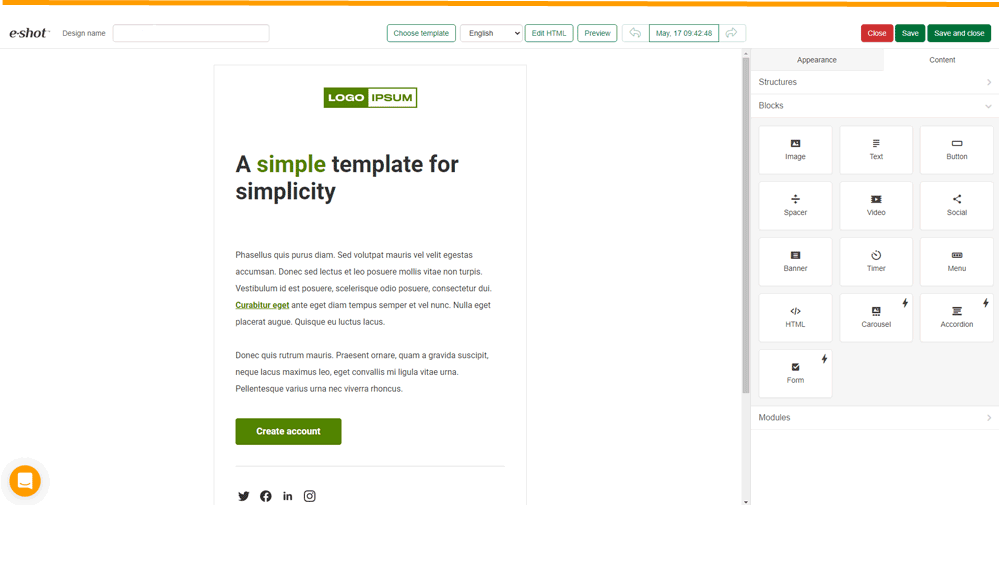Blog
CATEGORY: Best practice
Reducing the environmental impact of email

The carbon footprint of an email comes from the electricity that is used to power the devices on which it is written and read, the networks that transmit the data, and the data centres that store it.
One piece of open-source information referred to by officials relates to research commissioned by Ovo Energy November 2020, which suggested that if each person in the UK sent one fewer email a day it could cut carbon output by more than 16,400 tonnes a year.
In How Bad Are Bananas, Berners-Lee estimates that the global population of email users sent 294 billion emails each day in 2019. So even though an email has 1/20th the footprint of its predecessor – the handwritten letter – most people are sending way more emails per day than they ever posted letters.
According to Pawprint “Over the course of a year, a person’s average email usage varies between 3 to 40kgs CO2e, which is the equivalent of driving between 10 to 128 miles in a small petrol car. So, the individual contribution of our emails to global emissions might be small, but when magnified across the world’s 3.9 billion email users, that’s still quite a sizeable chunk of carbon.”
Also, as Berners-Lee’s numbers-crunching has shown us, emails are one part of a much bigger equation that includes the embodied carbon of our gadgets and the systems that support them, i.e. the internet, data centres, etc. Digital technologies are currently responsible for 4% of the world’s total carbon emissions, and this figure is expected to double by 2025. Moreover, the amount of energy we’re consuming to manufacture and use our various gadgets and gizmos is rising by 9% a year (New Scientist).
So, while emails themselves aren’t a massive problem currently, they’re part of a larger digital ecosystem that is growing rapidly, and thus producing more and more carbon. According to a report by the Financial Times, the data servers that house our emails now exceed the total carbon footprint of pre-Covid air travel. Most of these emissions come from the amount of energy these servers consume – and given that only 5% of the global power grid comes from renewable sources, that means most of our emails are powered by fossil fuels.
In today's digital age, marketing emails are an essential tool for organisations to connect with their audience. However, the environmental impact of email marketing, particularly in terms of energy consumption and carbon emissions, cannot be ignored. Poorly optimised emails, excessive send volumes, and inefficient design practices all contribute to this impact.
Let's consider some of the practical ways to reduce the environmental impact of marketing emails.
1. Optimise Email Design
Effective email design is not only aesthetically pleasing but also environmentally responsible. Here are some design strategies to consider:
Streamlined Layout: Create clean, simple email templates with minimal graphics and design elements. This reduces the file size of emails, resulting in faster transmission and lower energy consumption.
Use Efficient Image Formats: Opt for eco-friendly image formats like JPEG or PNG, which have smaller file sizes compared to BMP or TIFF. Compress images to reduce their size further.
Responsive Design: Design emails to be responsive, ensuring they display well on all devices and screen sizes. This minimises the need for recipients to re-download content, saving energy.
Dark mode: In OLED and AMOLED screens, pixels emit their own light, and dark pixels consume significantly less power than bright ones. Therefore, when users view dark mode emails on devices with such screens, they may use less energy to display the email content. According to Ted Goas of UX collective: A design in dark mode can save anywhere from 10% — 65% of total energy compared its light counterpart on OLED screens, which means we don’t need to make as many device batteries because they last longer.
He goes on to say “You can really go down a rabbit hole with eco-friendly colour palettes. Apparently blue uses 25% more power than green or red. We might be splitting hairs, but the point is: all colours are not created equal (as far as energy costs go). You can read more on this in “Energy Efficient Colour palette” by Sandy from Green the Web if you are interested.
2. Reduce Send Volume
Sending fewer emails can significantly reduce the environmental impact of your email marketing campaigns. Here's how:
Targeted Segmentation: Segment your email list based on user preferences, behaviour, and demographics. Send emails only to those who are likely to engage with your content, reducing the number of emails sent.
Preference Centres: Allow subscribers to customise their email preferences. This enables them to receive content that is relevant to their interests, reducing the likelihood of unsubscribes and unnecessary emails.
Suppression Lists: Regularly update your suppression lists to exclude recipients who have consistently not engaged with your emails. This prevents sending emails to uninterested parties.
3. Personalisation and Targeting
Personalised and targeted emails can improve engagement rates while reducing the volume of irrelevant emails sent. Here's how to do it sustainably:
Data Analytics: Leverage data analytics to understand user behaviour and preferences. Use this information to craft personalised email content that resonates with your audience.
Dynamic Content: Implement dynamic content within emails to display different offers or messages based on recipient preferences or behaviour.
A/B Testing: Continuously refine your email marketing strategy through A/B testing. This helps identify the most effective subject lines, content, and design elements, reducing the need for excessive email sends.
As email marketing continues to be a powerful tool for organisations, it's essential to recognise and address its environmental impact. By optimising email design, reducing send volumes, and adopting personalisation and targeting strategies, marketers can minimise the environmental footprint of their campaigns. By making marketing emails friendlier to the environment, we can contribute to a more sustainable digital landscape.
Solutions
Email marketing healthcheck
We are confident that we can help you, which is why we offer a free healthcheck to identify potential issues with your current programme and free advice on things that could be done to improve it.


